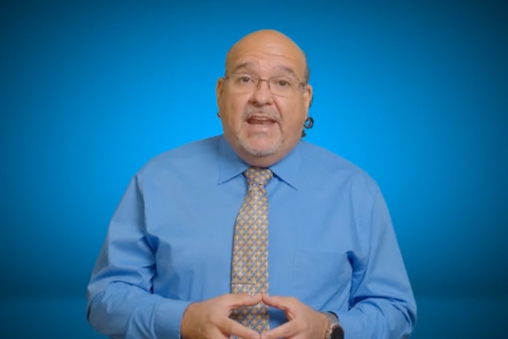The Effective Schools Framework, also known as ESF, is a system that supports schools and districts in aligning resources and support in the area of needs for each school. The goal of the ESF is to provide “a clear vision to schools and districts of what excellent education looks and sounds like for all students in Texas.” (ESF Booklet) In other words, the ESF provides a foundation of what best practices are used daily by effective schools to promote continuous improvement.
While some may imagine a square when hearing the word “framework,” the visual image to imagine is a circle cut into five sections (as noted in the image above) called “Levers.” As a system, these five Levers work together to “ensure schools provide an excellent education.” (TOT day 1; esf overview) At the center of the framework is Effective Instruction. The outer elements, Strategic Staffing, Positive School Culture, and High-Quality Instructional Materials and Assessments, encircle and strengthen Effective Instruction. Finally, Strong School Leadership and Planning surround the previous four components mentioned.
ESF Framework Graphic
The ESF Process
The ESF framework is rooted in the continuous improvement process.
-
Identify the Needs:
Increased focus on campus practices in addition to data -
Plan:
Narrow focus on high leverage needs -
Implement and Monitor:
Supports and capacity builders aligned to the framework
ESF Levers
The ESF framework is composed of 5 different components known as Levers. Each Lever is composed of: a narrative description, District Commitments, Essential Actions, and Key Practices, as shown below:
Diagnosed Essential Actions
Listed below are the five different Levers with their Diagnosed Essential Action:
(This is the Essential Action that holds priority in each Lever. Please take notice that Effective Instruction has two Diagnosed Essential Actions):
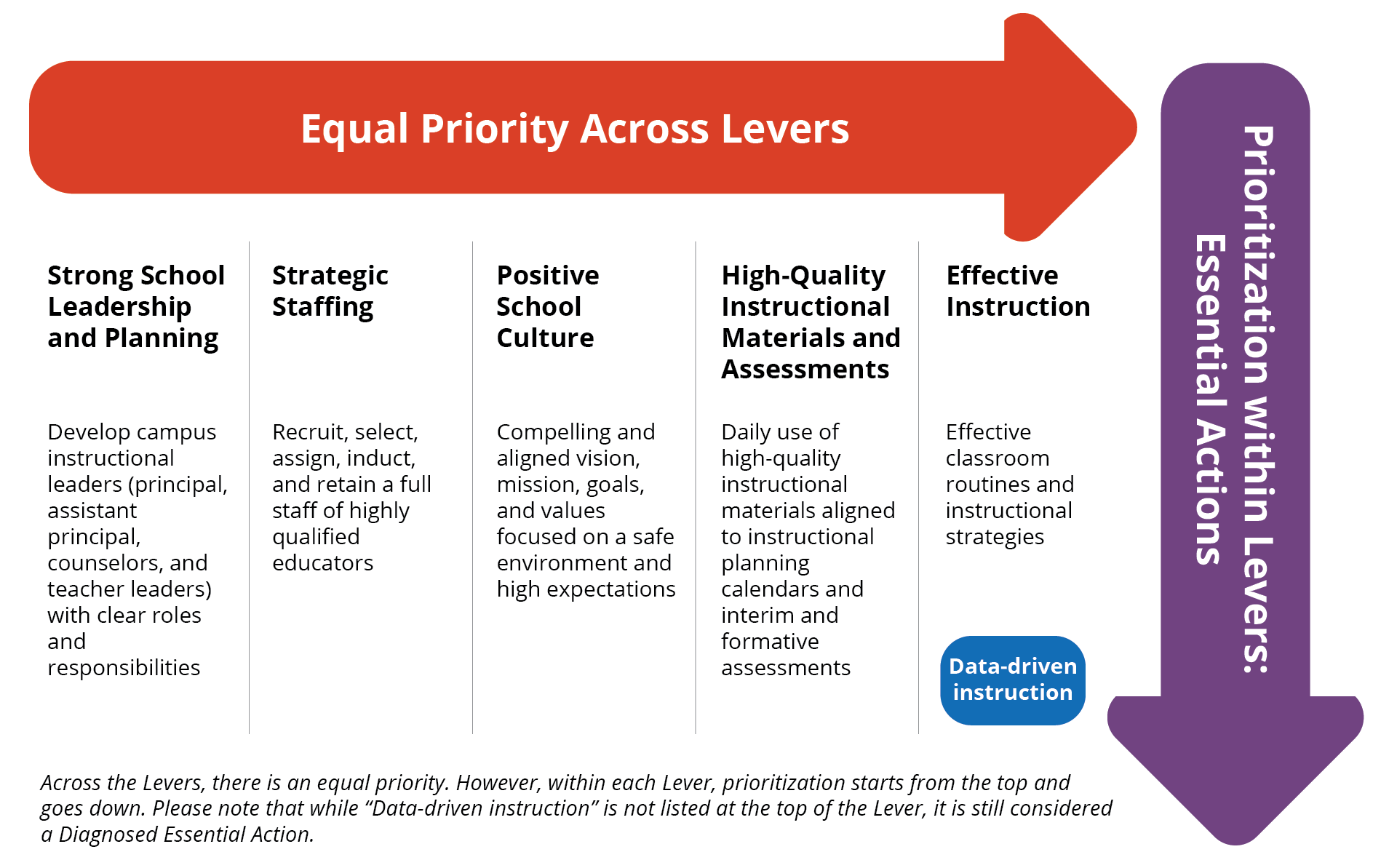
Coaching with the ESF Essential Actions Success Criteria
It can become confusing for principals new to the ESF process to understand the framework and implement it within their campuses. Therefore, the role of coaching principals to understand and utilize the Success Criteria will be essential.
The Success Criteria are aligned to each Levers’ Essential Action, which contain:
- The key practices of what the Essential Action looks like when implemented with fidelity and
- The Success Criteria to provide more clarity around the universal best practices
Example:
Lever 1: Strong School Leadership and Planning
Essential Action 1.1: Develop campus instructional leaders (principal, assistant principal, counselors, and teacher leaders) with clear roles and responsibilities.
Key Practice
Campus instructional leaders have clear, written, and transparent roles and responsibilities, and core leadership tasks are scheduled on weekly calendars (observations, debriefs, team meetings)
Success Criteria
- Comprehensive list of responsibilities, including teachers assigned for supervision
- Weekly calendars show scheduled time for observations/feedback of classroom instruction, PLCs, and key data meetings
Making Connections
The DCSI provides principals with support in making connections between their actions on the campus and the Effective Schools Framework:
- Have a principal look at Essential Action individually with the Key Practices and Success Criteria
- Ask the principal to identify which of the Key Practices he or she feels are already implemented on the campus
- Use the Success Criteria to analyze and compare to current campus practices to identify Key Practices already in place or to identify gaps.
- Present sample models from the ESF website to provide a visual of what the Essential Action could look like when implemented with fidelity
- Please know that the sample model is a model and not the only format that can take place
Working with TIPS (Target Improvement Plans)
Identifying an Essential Action and outcomes to target for the year are essential for principals. DCSIs can help principals identify their targets and outcomes by:
- Supporting principals to develop yearly campus goals:
- That are achievable, challenging, and demonstrate student success
- Identified by a campus diagnostic or needs assessment
- That address systems/processes, effective staff, culture, rigorous or aligned materials/assessments, effective strategies, diverse learners, data-driven instruction, lesson plan feedback, and observation/feedback.
- Coaching principals to identify Key Practices from Essential Actions that best align with campus needs.
- Refer to sample models of what practices look like when implemented with fidelity.
- Coaching principals to reflect on the process he or she just completed and come to a conclusion.
Preparing for an ESF visit
ESF Diagnostic visits occur every three years. Once an ESF Diagnostic has been scheduled, the DCSI should:
- Review the ESF Diagnostic visit process
- Review the ESF Levers and models from the Effective Schools Framework website.
- Assist the principal in making connections between their current campus practices and the ESF Essential Actions and Key Practices.
- Ensure open communication and collaboration with the ESF Facilitator.
- Collaborate with the principal and ESF Facilitator to schedule the pre-visit, campus visit, and post- visit.
- Support the principal in collecting and submitting artifacts to the ESF Facilitator for analysis.
Timeline
- Identification and Training: August - September
- ESF Survey: October - November
- Pre-Work: 6 weeks before visit
- Pre-Visit Conversation - 2 weeks before visit
- ESF Diagnostic Visit: January - April
- Post-Visit Conversation: 1 week after visit
- Find a Capacity Builder: Prior to Cycle 4 of TIP
Glossary of Terms
- Artifacts:
- Documents, videos, products, etc. that represent the campus’ current implementation of an Essential Action.
- Capacity Builder:
- Any person or entity who is designated to support the work of schools involved in School Improvement.
- Center for Effective Schools:
- The purpose of the Center for Effective Schools is to build awareness for districts and campuses to implement school strategies aligned to the Effective Schools Framework. Center for Effective schools will focus on building campus and district capacity, managing and matching campuses and districts with School Improvement partners, and building tools and resources aligned to the Effective Schools Framework.
- Diagnostic Process:
- Through evidence collection, focus group interviews, and campus observations, an ESF facilitator from your local education service center works side-by-side with the campus principal and the principal’s supervisor to determine 2-3 high-leverage focus areas for campus improvement.
- District Commitments:
- District commitments describe what local education agencies do to ensure that schools are set up for success.
- ESF Diagnostic Post-visit Conversation:
- The ESF Facilitator will present a compiled report from all diagnostic activities including the survey, pre-work, and campus visit. During the post-visit conversation, the leadership team will collaboratively review areas of strength and areas of growth to identify 1 - 2 areas of prioritization to inform your school improvement efforts.
- ESF Diagnostic Pre-visit Conversation:
- The ESF Facilitator, DCSI, and Principal will discuss key takeaways from the pre-work artifact submissions and collaborate around the agenda for the campus visit.
- ESF Diagnostic Pre-work:
- Pre-work includes a reflection of campus practices per Essential Action, identification and submission of artifacts, and completion of the campus data tool. Pre-work is submitted the ESFF prior to the ESF Diagnostic.
- ESF Diagnostic Visit:
- The campus visit is a full school day with observations in classrooms, common areas, and PLCs. There will also be scheduled focus groups with teachers and the leadership team.
- ESF Essential Actions Success Criteria Six-Pager:
- A document that includes the six Essential Actions which campuses reflect on during the self-assessment and diagnostic, along with success criteria which describe the universal best practices within each Essential Action.
- ESF External Facilitator:
- When the ESC does not have the internal capacity to serve as the ESF Facilitator, the ESC SI Lead will work with CES to assign an External ESF Facilitator.
- ESF Facilitator:
- The ESF Facilitator collaborates with the campus principal and district leaders to facilitate a campus diagnostic process that results in the identification of prioritized focus areas the campus should focus on for improvement.
- ESF Facilitator Tools:
- ESF Facilitators will use these tools when conducting the ESF Diagnostic process. These tools include all of the necessary documents from the pre-work to the post-visit.
- ESF Overview for School Improvement:
- Initial training to explain the purpose and rationale for the ESF, understand how the Effective Schools Framework supports campus improvement efforts, and build a shared vision of each of the Diagnosed EAs and what they look like in practice.
- ESF Self-assessment:
- A process using the ESF Success Criteria as a guide to determine the campus’ current implementation of each key practice and overall implementation level of each essential action.
- ESF Survey:
- Comprehensive survey tools aligned with the ESF, allowing leaders to use the voices of their students, families, and staff in their strategic planning.
- ESF Survey Coordinator:
- Guides the survey rollout and monitors survey response rates.
- Essential Actions:
- Essential Actions describe what the most effective schools do to support powerful teaching and learning.
- Exemplar:
- Serving as a typical example or excellent model.
- Foundational Essential Actions:
- Each lever has one foundational essential action, which schools should address first in continuous improvement efforts, as they provide the foundation upon which the other essential actions develop.
- Key Practices:
- Each Essential Action includes a set of key practices that define what the essential action entails when implemented with fidelity.
- Model Resource Library:
- A collection of artifacts demonstrating strong implementation of key practices from Essential Actions 1.1, 2.1, 3.1, 4.1, 5.1, and 5.3.
- Opt-In Diagnostic
- Language?
- Panorama:
- ESF Survey distributor.
- Protocols:
- An official set of procedures for what actions to take in a certain situation.
- Required Diagnostic:
- Language?
- Targeted Improvement Plan:
- the legal and public document outlining a campus’ actions within School Improvement.
- Texas Instructional Leadership (TIL):
- Campus and district trainings for leaders to grow concrete instructional leadership skills to foster continuous improvement in their organizations.
- Vetted Programs:
- Training programs that have been vetted and approved to support LEAs in their selection of high-quality contracted services aligned with foundational essential actions within the Effective Schools Framework.
Resources

ESF Overview

1.1 in Action
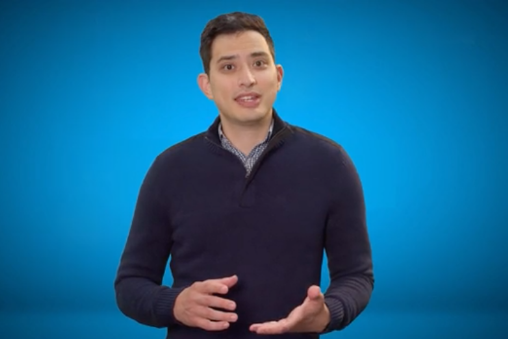
2.1 in Action
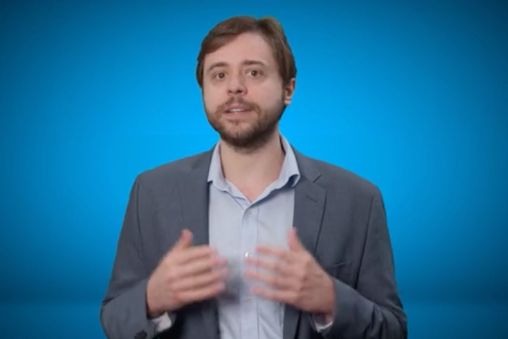
3.1 in Action
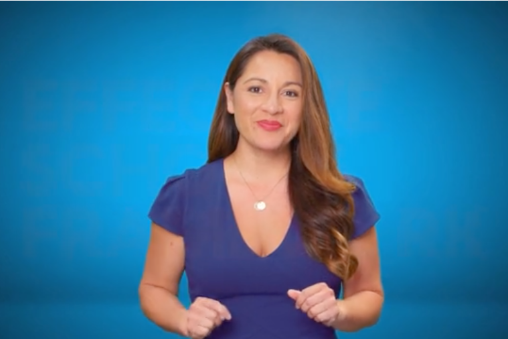
4.1 in Action
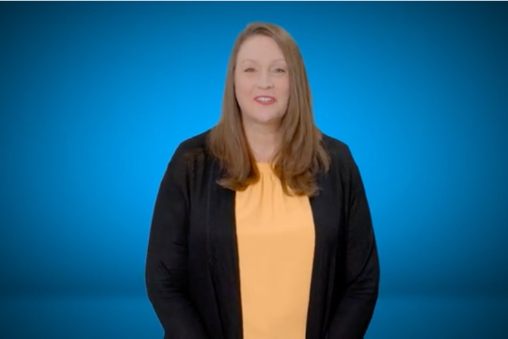
5.1 in Action
